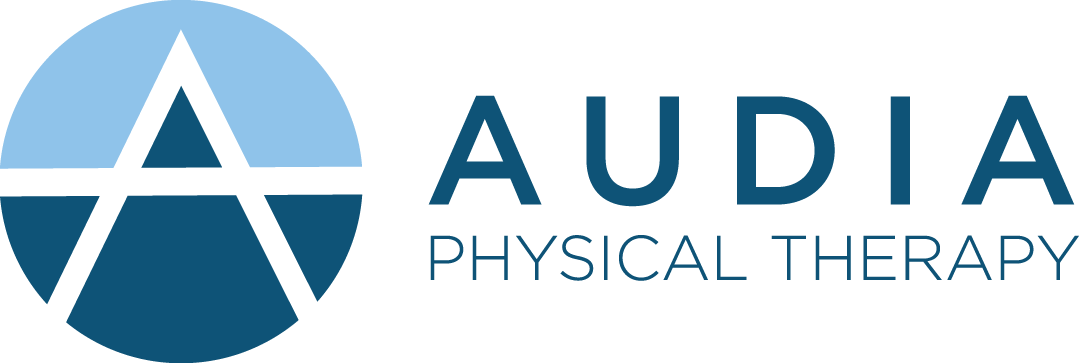Myofascial Release Explained
What is Myofascial Release and Why is it Effective?
The myofascial system is an interwoven web of connective tissues throughout the body that surround and permeate most structures, muscles, and organs. It is made up of fluid-filled microtubules that can enable, restrict, and/or stabilize movement. Injury can cause it to be damaged and form restrictions that create pain and movement limitations. Problems here arise because the human system is extremely adaptable and will often learn to move around these restrictions which progresses to maladaptive movement patterns (abnormal movement that is outside the standard range of motion). This can cause pain in almost any part of the body and it can be very difficult to find the exact cause and treat the issue to full resolution.
Explaining myofascial release can be a big, confusing task because it is defined very differently depending on the source. A quick search on the internet for ‘myofascial release’ will reveal a multitude of techniques from simple foam rolling to skilled trigger point release to a very aggressive technique known as rolfing. The truth is that there are many different ways to affect the myofascial system both directly and indirectly but not all are safe and equally effective.
The John Barnes Myofascial Release Technique is a safe and very gentle way of releasing the myofascial system. It involves a skilled therapist laying hands on a patient slowly, applying low-load pressures for extended periods of time, and waiting for the system to release itself. A release will normally take 90 seconds to 2 min to begin releasing and a full release can normally be achieved in 3-5min (although some areas can take up to 10min for full release). Mild discomfort can sometimes be felt at the beginning of technique but this sensation is usually relieved very quickly as this NOT a ‘no pain, no gain’ technique.
This is a technique that has been widely ignored by mainstream medicine due to the fact that it is not easily understood and does not have quick application. Gentle, prolonged, low-load pressure is the key to an effective myofascial release. After injury, the myofascial system can stay restricted to maintain the sympathetic nervous system’s ‘fight or flight’ response. This response, like protective muscle spasms, is initially established to protect the body but it can become damaging when it is not released later in the recovery period. Research has shown that myofascial restrictions can cause up to 2000lbs of pressure per square inch. This is enough to cause scoliosis, nerve impingements, debilitating pain, and much more. Applying strong, quick pressures can often cause the system to hold on stronger as its primary task during this period is protection and this forceful approach can be construed as threatening by the nervous system. A gentle, prolonged, low-load response can go behind the system’s defenses, start the parasympathetic nervous system recovery cycle, and allow it the opportunity to safely let down its guard and lengthen or expand – this is the release. Restoring normal pliability to myofascial tissues can be vital to restoring normal movement and relieving pain.
Myofascial Release is most effective when used in conjunction with skilled physical therapy. This combination can allow the opportunity to identify the issue’s cause, correct it, and ensure it does not return. Blending myofascial release with education, neuro-muscular re-education, and targeted therapeutic strengthening with a doctor of physical therapy is an excellent method to establish normalized movement patterns that relieve pain for complete problem resolution.


